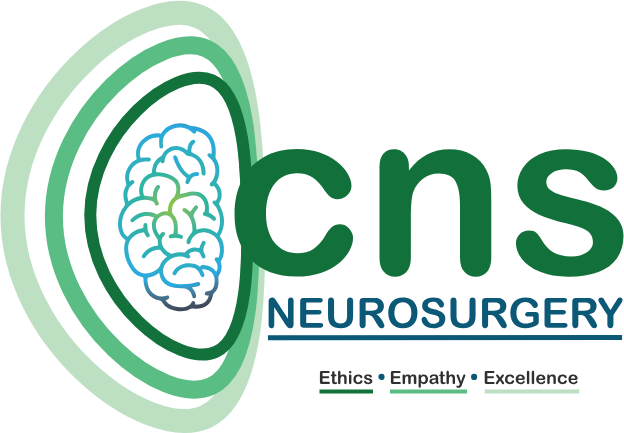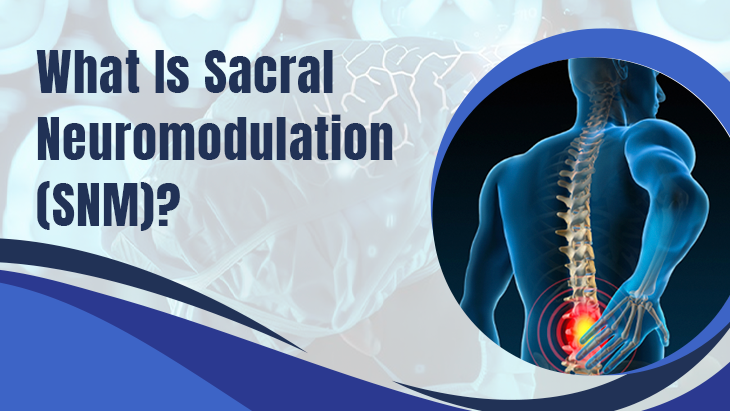Sacral Neuromodulation (SNM) is a cutting-edge treatment that offers hope and relief to individuals suffering from chronic bladder and bowel control issues. For those dealing with overactive bladder, fecal incontinence, or urinary retention, SNM can provide a life-changing solution when other treatments have failed.
This blog will explore what Sacral Neuromodulation is, how it works, who it benefits, and what you can expect from the treatment process.
Understanding Sacral Neuromodulation (SNM)
Sacral Neuromodulation, sometimes referred to as sacral nerve stimulation (SNS), is a minimally invasive therapy that uses a small implanted device to send electrical impulses to the sacral nerves located in the lower back. These nerves play a critical role in controlling bladder and bowel function.
By modulating these nerve signals, SNM helps restore normal communication between the brain and the bladder or bowel, improving symptoms and giving patients better control over their bodily functions.
How Does Sacral Neuromodulation Work?
SNM involves the implantation of a small neurostimulator, often compared to a pacemaker, that sends mild electrical pulses to the sacral nerves. Here’s how the process works:
- Evaluation Phase: Before permanent implantation, patients undergo a test phase, also known as the trial or evaluation phase, where a temporary electrode is placed near the sacral nerves. The purpose is to determine if nerve stimulation improves symptoms. This test typically lasts a few days to a couple of weeks.
- Permanent Implantation: If the evaluation phase shows significant improvement, a small pulse generator is implanted under the skin in the upper buttock area. This device is connected to a lead that stimulates the sacral nerves.
- Adjustment and Customization: The neurostimulator settings can be adjusted wirelessly by a healthcare provider to customize the therapy to the patient’s needs. These adjustments ensure that the stimulation is optimized for the best symptom control.
- Ongoing Monitoring: Regular follow-ups allow for adjustments to the device and monitoring of symptom relief.
Conditions Treated by Sacral Neuromodulation
SNM is primarily used to treat:
- Overactive Bladder (OAB): Characterized by frequent urges to urinate, urgency incontinence, and nocturia (frequent urination at night).
- Urinary Retention: Difficulty or inability to empty the bladder completely, which can lead to discomfort and potential infections.
- Fecal Incontinence: The inability to control bowel movements, leading to unintentional leakage.
- Chronic Constipation: In some cases, SNM may also be used to improve bowel control and relieve severe constipation.
Benefits of Sacral Neuromodulation
SNM offers a range of benefits for those struggling with bladder and bowel control issues:
- Improved Quality of Life: Many patients experience a significant reduction in symptoms, allowing them to regain confidence and participate in daily activities without the constant worry of accidents.
- Minimally Invasive: The implantation is done through a minor surgical procedure, usually on an outpatient basis, with a relatively quick recovery time.
- Reversible and Adjustable: SNM is a reversible therapy. If at any point the patient wishes to stop the treatment, the device can be turned off or removed. The stimulation levels can also be adjusted as needed for optimal results.
- Long-Term Relief: Unlike medications that may lose effectiveness over time or cause side effects, SNM provides continuous and consistent symptom relief for many patients.
Who is a Candidate for Sacral Neuromodulation?
SNM is generally considered when other conventional treatments, such as medications, dietary changes, pelvic floor exercises, or behavioral therapies, have not provided sufficient relief. Ideal candidates include:
- Individuals with OAB who have not responded well to or cannot tolerate medications.
- Patients suffering from fecal incontinence who have not found relief through lifestyle changes or medications.
- Those experiencing non-obstructive urinary retention.
Before deciding on SNM, a comprehensive evaluation by a healthcare provider, typically a urologist or gastroenterologist specializing in pelvic floor disorders, is essential to ensure the therapy is appropriate.
Risks and Considerations
While SNM is generally safe and effective, it is not without risks. Potential complications may include:
- Device-related issues: Lead migration, device malfunction, or infection at the implantation site.
- Discomfort: Some patients may experience discomfort or tingling sensations from the stimulation.
- Need for Adjustments: Regular follow-ups are necessary to adjust the device settings and ensure continued efficacy.
It’s important to have a thorough discussion with your healthcare provider to weigh the benefits and potential risks before proceeding with treatment.
Conclusion
Sacral Neuromodulation (SNM) offers a promising solution for individuals struggling with debilitating bladder and bowel control issues. By restoring normal nerve communication, SNM helps manage symptoms that significantly impact daily life, offering patients a path to improved health and greater freedom.
If you or a loved one are experiencing chronic bladder or bowel control problems and are seeking alternative treatments, consider consulting a specialist to learn more about SNM and whether it might be the right option for you.
If you have further questions or need more information, don’t hesitate to contact your healthcare provider or a specialized clinic for guidance on Sacral Neuromodulation.
Let us know if you’d like any changes or more details on any aspect!

